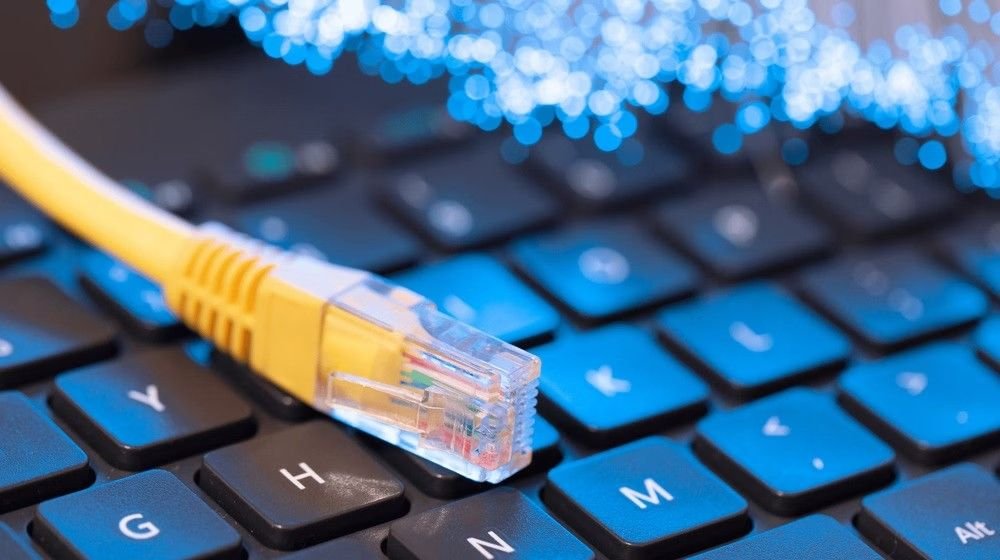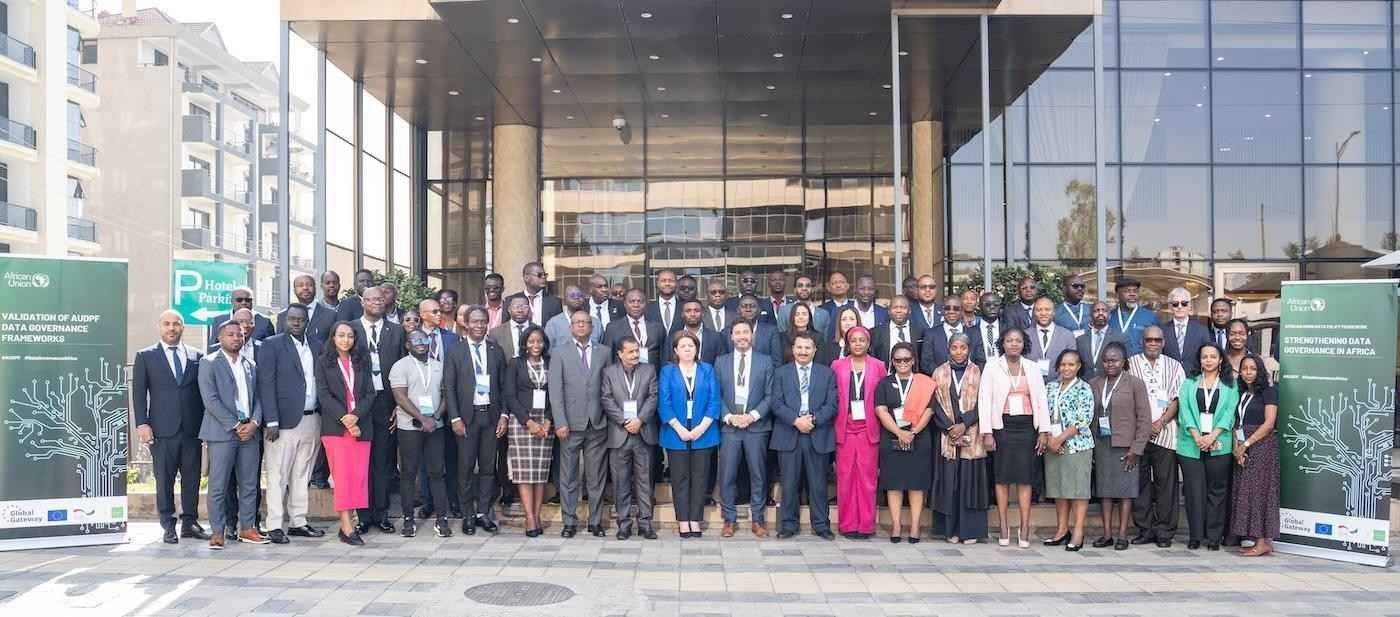The GSMA has released a new study, The Impact of Spectrum Pricing in Bangladesh, warning that the country’s current spectrum costs and heavy tax burden are constraining network investment, risking slower internet speeds and delayed 5G adoption. The report argues that reforming spectrum pricing, licensing, and sector taxation could unlock up to US $45 billion in economic value by 2035.
Although Bangladesh’s 4G coverage reaches 99% of the population and data remains among the most affordable in Asia-Pacific, mobile internet usage lags at 46%, with average consumption just 5 GB per user per month. Operators face unusually high regulatory costs, with spectrum fees consuming 16% of recurring revenue — far above regional and global norms — while total fiscal burdens reach 55% of market revenue.
The report models three scenarios: maintaining current spectrum pricing (pushing costs to 21% of revenue by 2035), reducing unit spectrum costs by 50% (to align with the Asia-Pacific median), or a 75% reduction (aligned with the global median). Aligning with APAC norms could accelerate 5G rollout to 99% population coverage and add $34 billion to GDP by 2035, while a global-aligned reduction could boost 4G speeds by 22% and generate $45 billion in additional economic value.
Crucially, GSMA stresses that lowering spectrum prices need not harm government finances, as improved connectivity and economic activity would offset reduced direct revenues. The report calls for a reset in spectrum pricing, timely release of 700 MHz and 3.5 GHz bands, streamlined taxation, and longer, more flexible license terms to encourage sustainable investment and inclusive growth.















